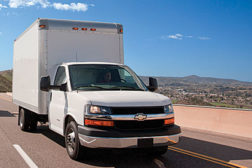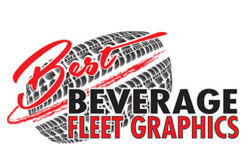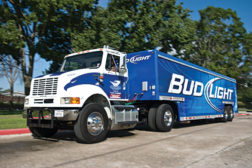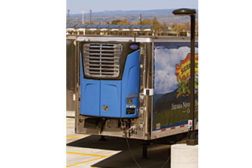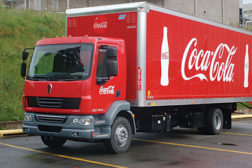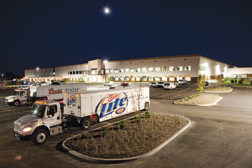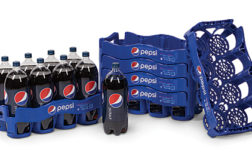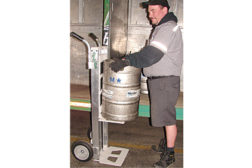Distribution
Best Fleet Graphics of 2013
Leading fleets use innovative graphics to stand out
October 16, 2013
Top fleet manager offers thoughts on alternative fuels
A Q&A with Silver Eagle Distributors’ Ed Pritchard
September 16, 2013
No-idle solutions for fleet temperature control
Saving energy and fuel consumption
August 16, 2013
Trucks packaged for flexibility
Distributors move toward cargo-style truck bodies
July 15, 2013
Telematics helps drive the bottom line
Fleet managers utilize telematics to cut costs, boost efficiency
June 14, 2013
Hooking up trucks for profitability
Trailers increase productivity, flexibility
June 14, 2013
Reusable containers deliver a path to sustainability
Reusable containers offer ecological, economical advantages
June 14, 2013
Carts and hand trucks bend to meet ergonomic concerns
Delivery equipment helps create a safer working environment.
May 15, 2013
Mid-America Trucking Show 2013 post-show report
Trucking trade show highlights refined product lines.
May 15, 2013
Elevate your expertise in the beverage marketplace with unparalleled insights and connections.
Join thousands of beverage professionals today. Shouldn’t you know what they know?
JOIN NOW!Copyright ©2025. All Rights Reserved BNP Media.
Design, CMS, Hosting & Web Development :: ePublishing
